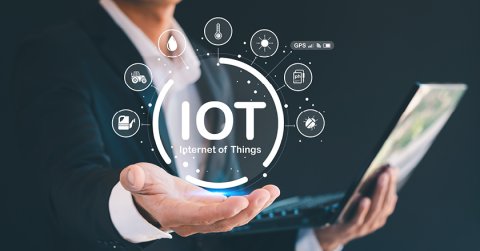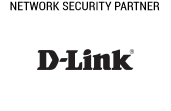
IoT Analytics, a company specialising in research, recently predicted the continued growth of IoT devices in use globally during 2025, with Wi-Fi, Bluetooth and cellular variants seen as major contributing factors.
The company forecast year-on-year growth of 14 per cent, taking the tally to 21.1 billion units by end-December.
CEO Knud Lasse Lueth said the market is set for continued gains, predicting the 50-billion-unit mark to be breached by 2035. Data from the rising number of IoT devices “will increasingly fuel AI and become the foundation for more intelligent systems across industries”, Lueth predicted.
IoT Analytics stated Wi-Fi devices currently hold a 32 per cent share, Bluetooth 24 per cent and cellular 22 per cent.
Principal analyst Satyajit Sinha said the cellular variant “is splitting into two tracks. Cat-1 and Cat-1 bis take the volume as 2G and 3G shut down, driven by low cost and broad coverage. Revenue is dominated by high bandwidth 5G.”
Sinha said reduced capability (RedCap) devices are now “positioned to replace LTE Cat-4”, providing comparable throughput but less complexity. Cat-1 bis is now providing competition to LTE-M and NB-IoT technologies: Sinha said the latter is “entering maturity as some operators retreat”.
“The open question is how eRedCap’s target use cases will fit within multi-connectivity cellular strategies”.
Source: Mobile World Live
Image Credit: Stock Image





